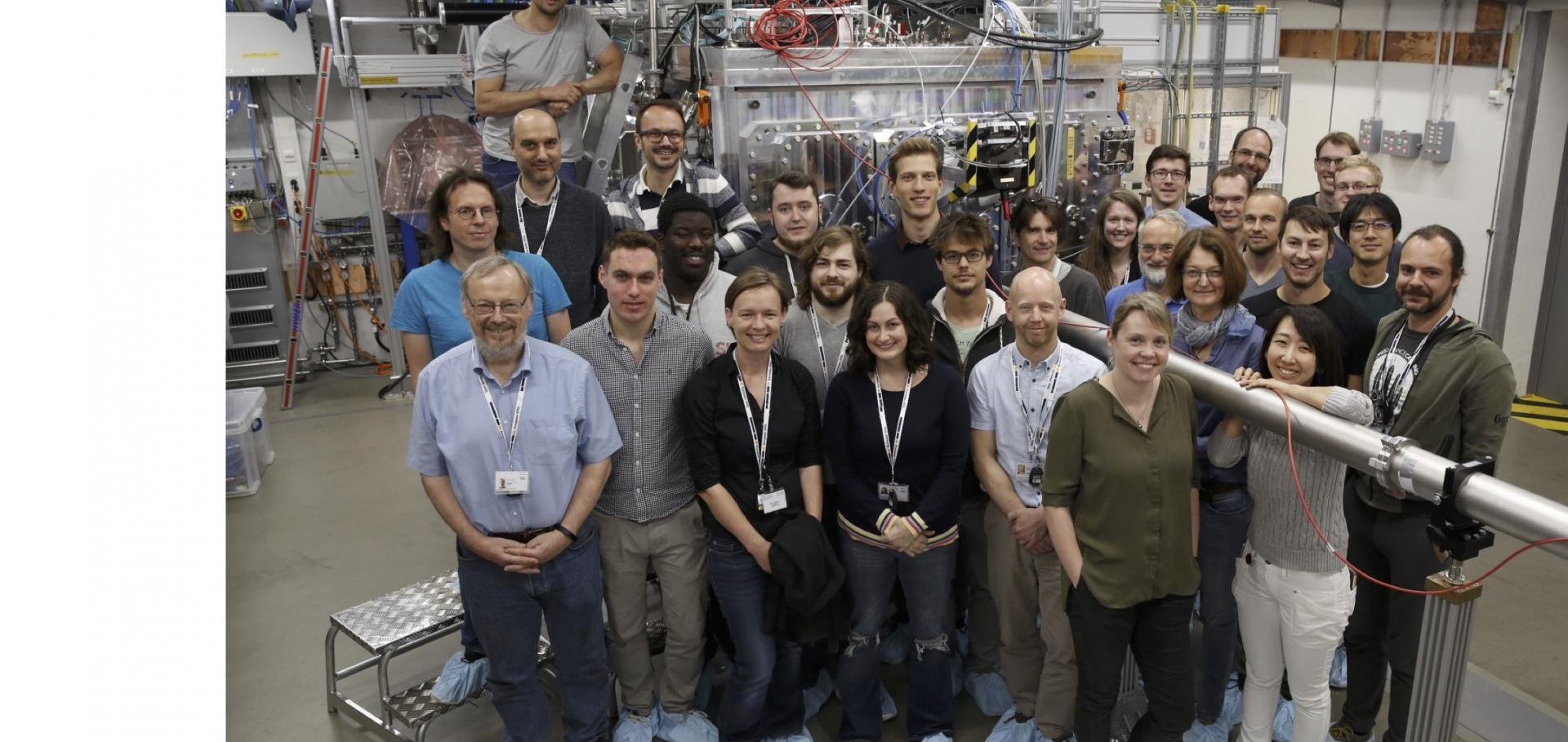Radiation transfer effects on the spectra of laser-generated plasmas
PHYSICAL REVIEW LETTERS 96:18 (2006) ARTN 185002
Shock deformation of face-centred-cubic metals on subnanosecond timescales
NATURE MATERIALS 5:10 (2006) 805-809
Simulations of time-resolved x-ray diffraction in Laue geometry
JOURNAL OF PHYSICS-CONDENSED MATTER 18:40 (2006) 9231-9244
Intelligent design: the response
Physics World IOP Publishing 18:12 (2005) 18-19
Observation of structural anisotropy and the onset of liquidlike motion during the nonthermal melting of InSb
Physical Review Letters 95:12 (2005)


